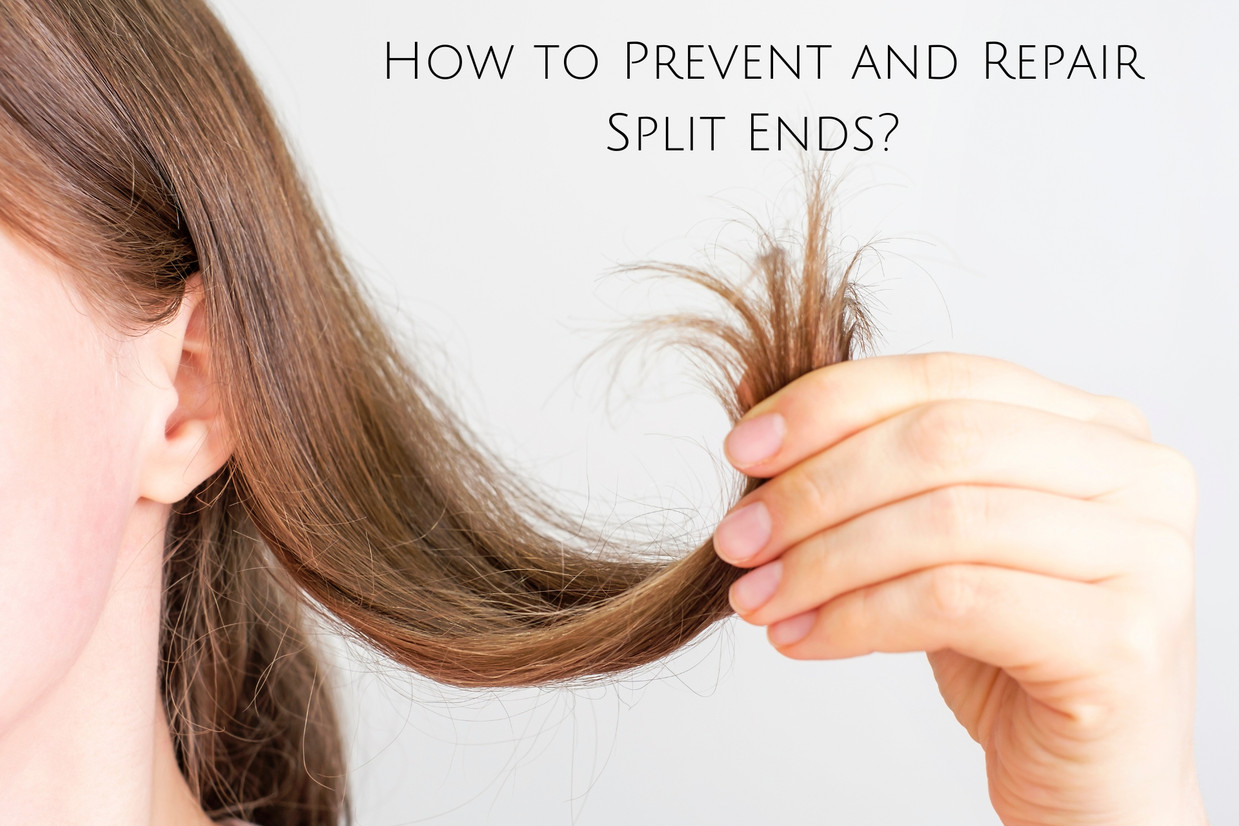How to Prevent and Repair Split Ends?
What are split ends?
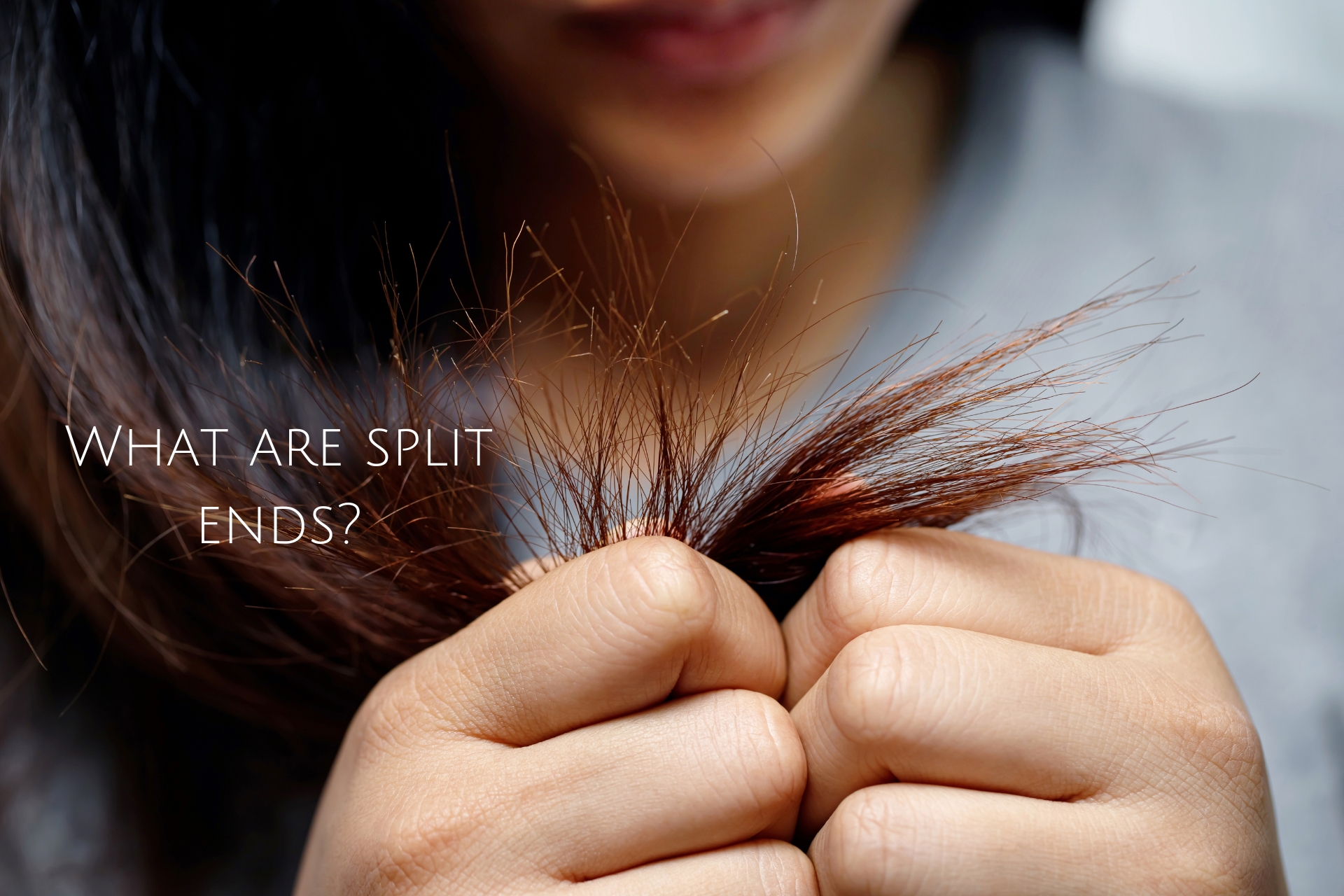
Split ends are small tears or frays that occur at the tips of hair strands. They can be caused by a variety of factors, including heat styling, chemical treatments, brushing and combing, and excessive exposure to the sun, chlorine, and salt water.
When the protective layer of the hair cuticle is compromised due to various factors like heat styling, harsh brushing, chemical treatments, or environmental stressors, the inner layers of the hair become exposed.
What do split ends look like?
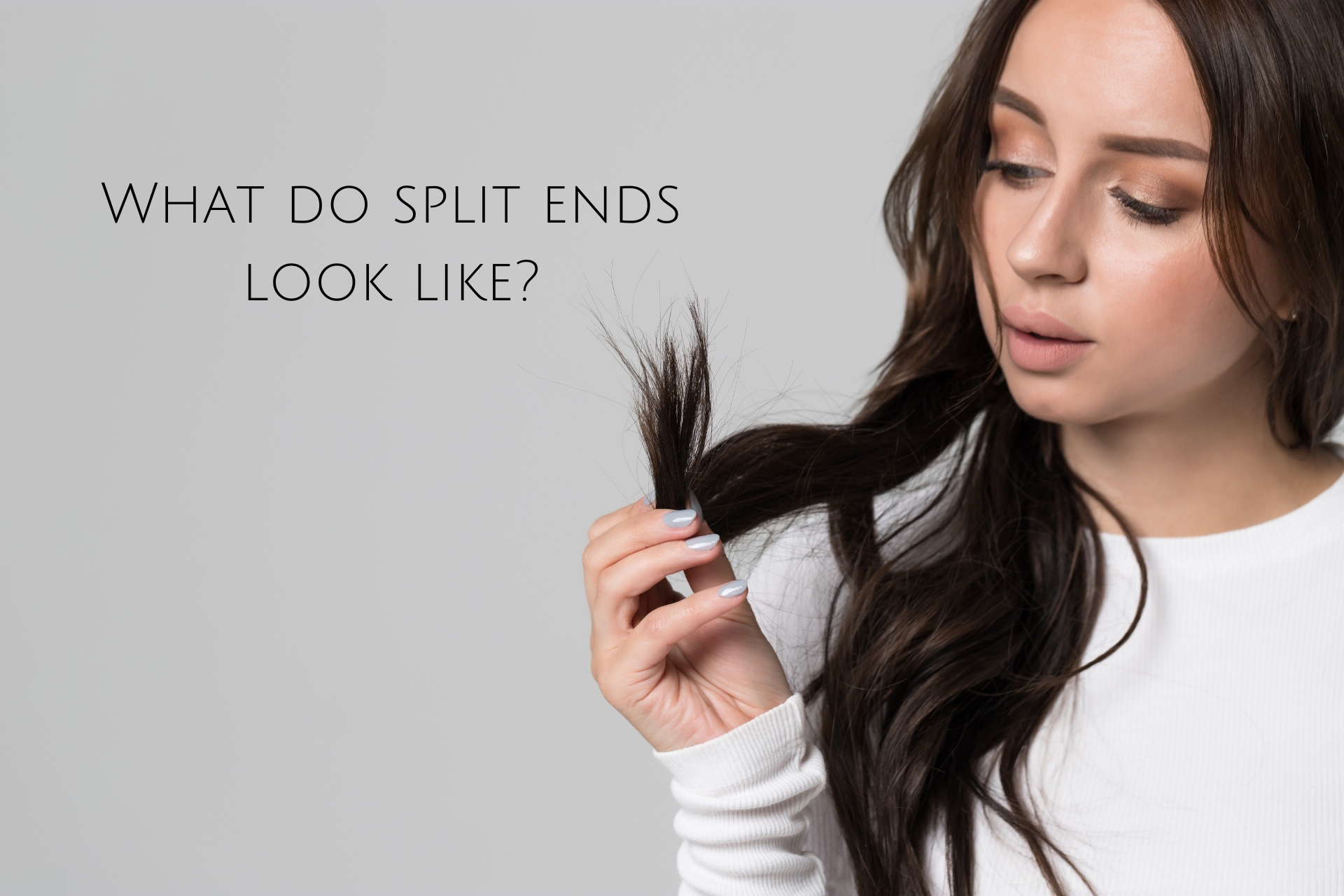
Split ends can manifest in various ways, depending on the severity and type of damage. Here are some common appearances of split ends:
Tree splits: These splits occur when the hair strand splits into multiple sections, giving it the appearance of a tree.
Fork splits: These splits occur when the hair strand splits into three distinct sections, resembling a fork.
White spot splits: These splits occur when the hair strand develops a white spot near the end.
Single Strand Splits: The hair strand splits into two or more separate strands towards the end, resembling a fork or multiple branches.
Y-Shaped Ends: The split may resemble a "Y" shape, where the hair strand separates into two distinct sections.
What causes split ends?
There are many things that can cause split ends, but some of the most common include:
Heat styling:
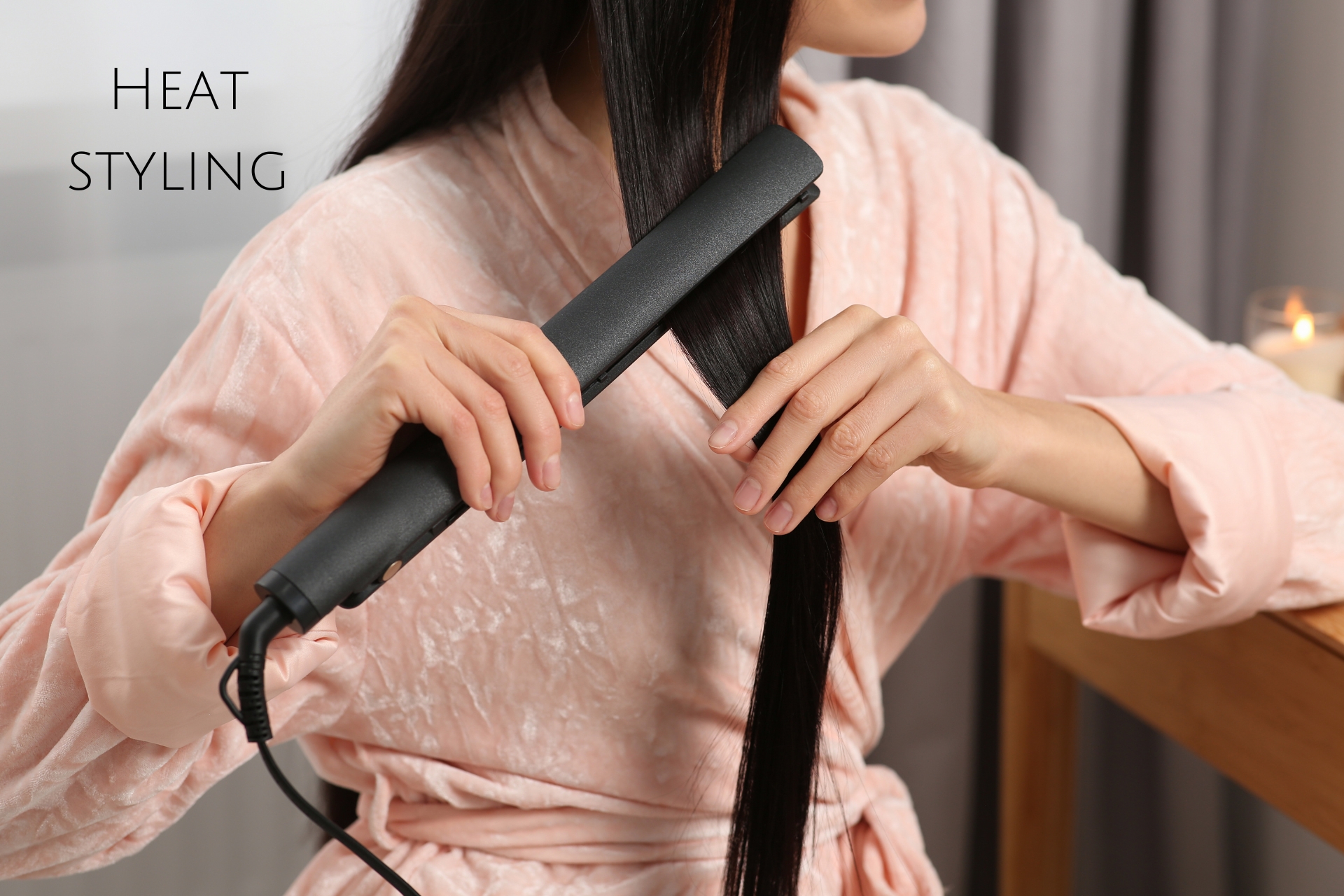
Heat styling tools like blow dryers, straighteners, and curling irons can damage the hair shaft and make it more prone to splitting.
Dry hair: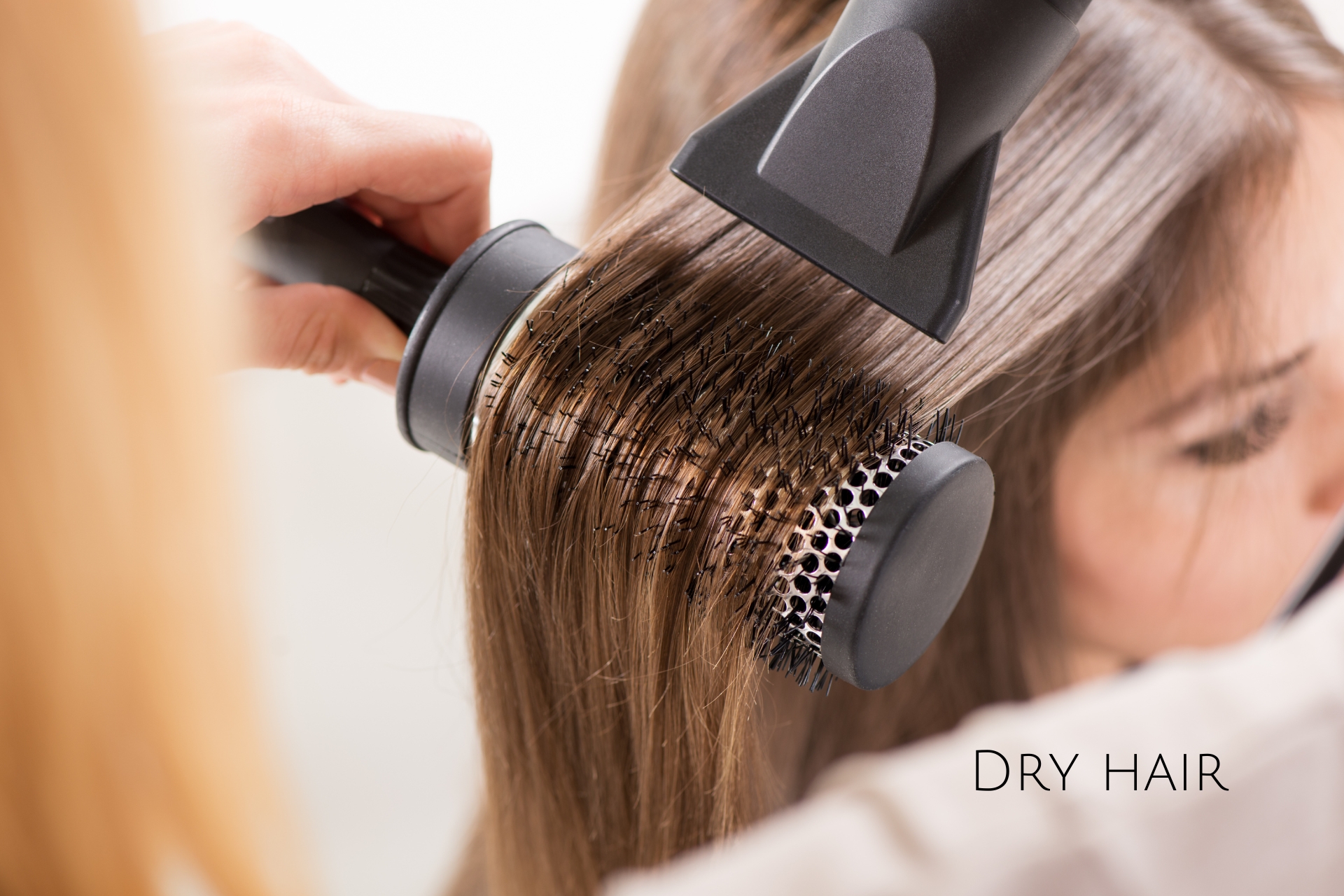
Dry hair is more prone to splitting than well-conditioned hair.There are many factors that lead to split ends.
Genetics and Hair Type:
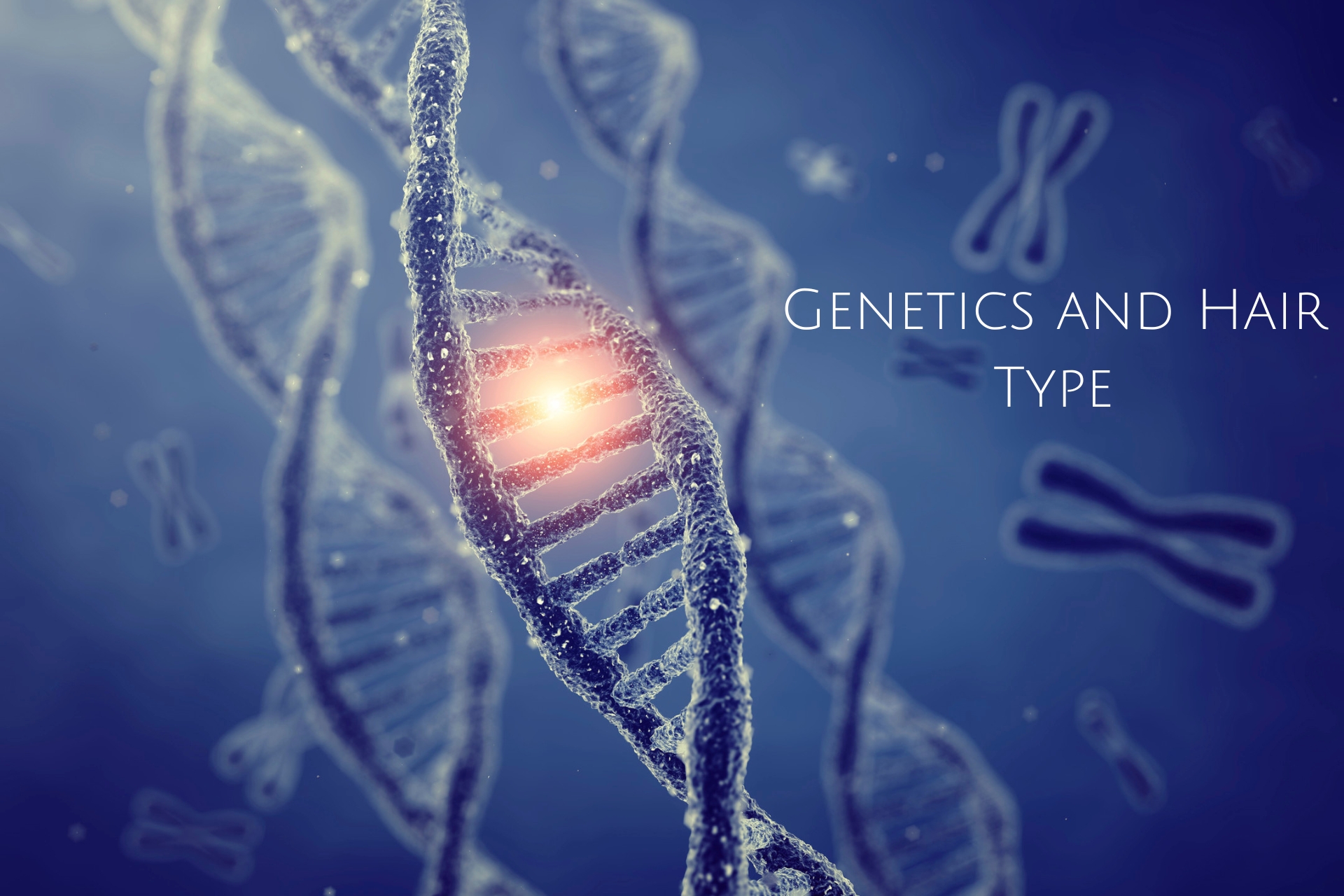
Some people have hair that's naturally more prone to splitting due to its texture, thickness, or porosity. Genetics can play a role in determining how resilient your hair is against damage.
Brushing and combing:
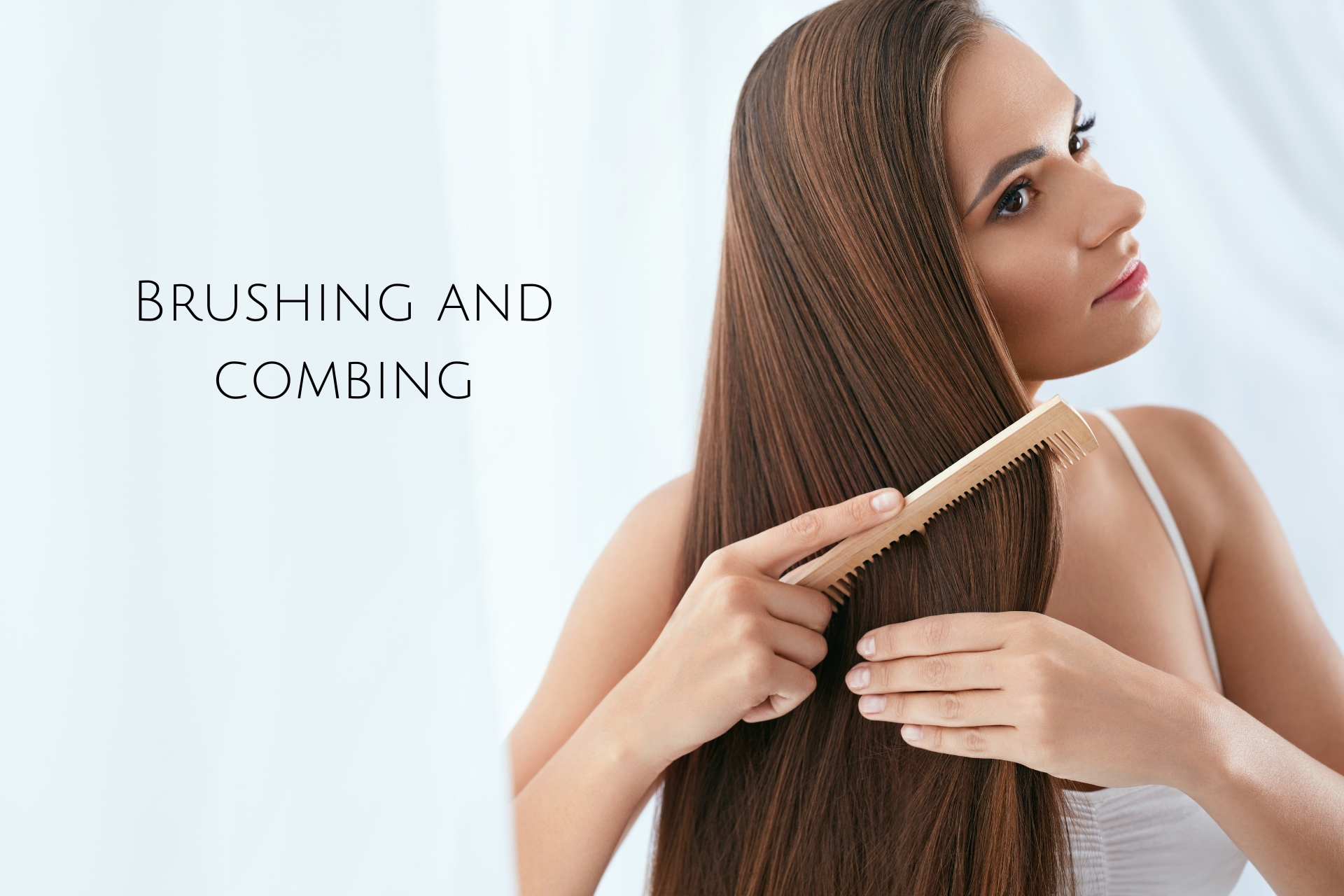
Brushing and combing your hair too roughly, especially when it's wet, can damage the cuticle and cause split ends. To prevent this, use a wide-tooth comb and brush your hair gently, starting from the ends and working your way up to the roots. If your hair is tangled, try detangling it with a detangling spray or conditioner first.
Tight hairstyles:
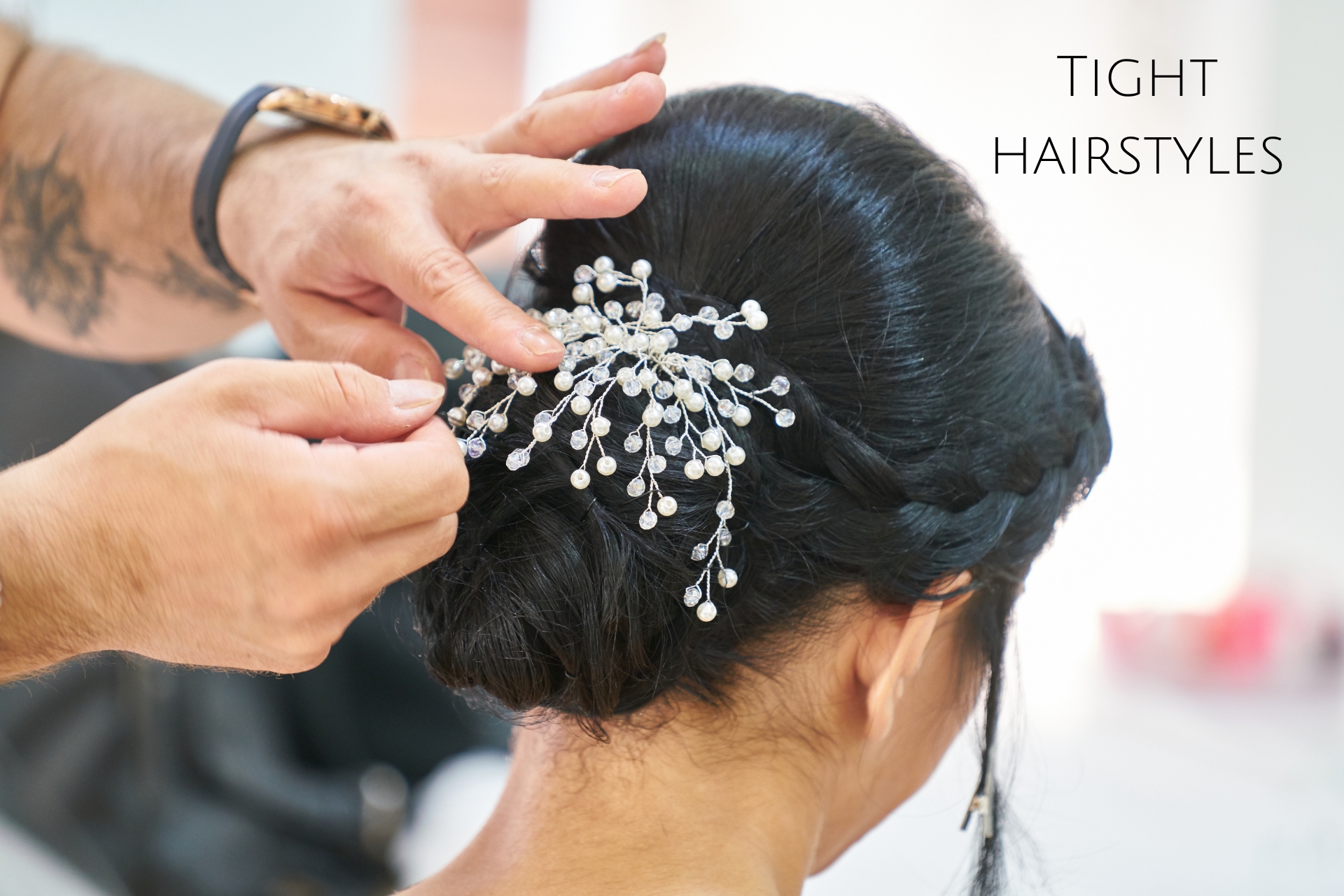
To protect your hair, try to avoid wearing tight hairstyles for long periods of time.
If you must wear a tight hairstyle, use a soft scrunchie or a satin or silk scarf to protect your hair from damage.
Preventing split ends involves a combination of good hair care practices, such as regular trims, using gentle styling techniques, minimizing heat exposure, and keeping the hair moisturized and nourished.
Can I fix my split ends?
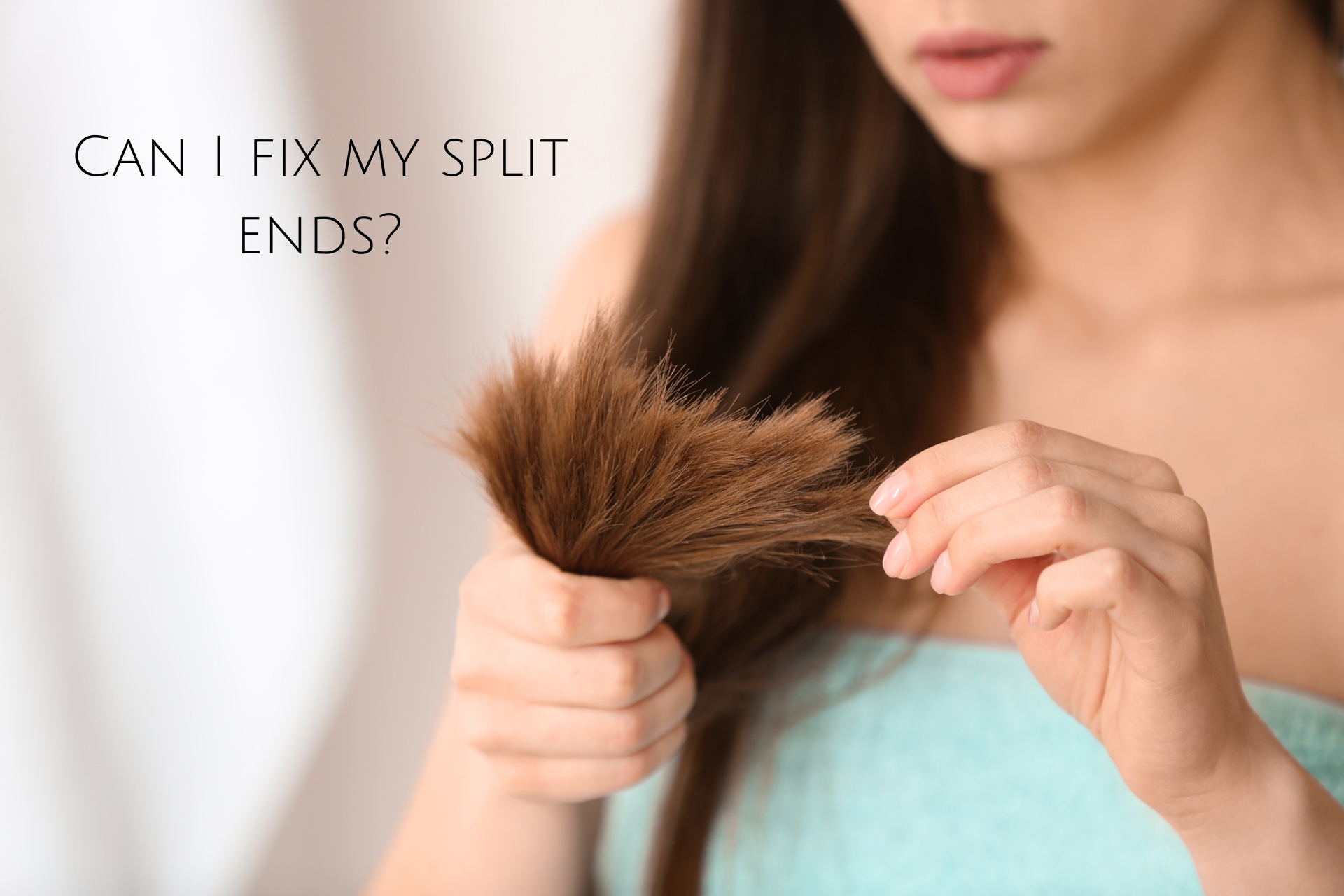
While you can't fully mend or repair split ends, you can temporarily improve their appearance and manageability with certain treatments and products. Here are some methods:
Split End Sealing Products:
Certain serums, leave-in conditioners, and hair masks are formulated to temporarily bind split ends together, making them less noticeable and reducing further fraying. Look for products containing ingredients like silicones or polymers that create a protective coating over the ends.
Trimming:
Trimming is the most effective way to get rid of split ends permanently. Regular trims every 6-8 weeks help prevent splits from traveling further up the hair shaft, maintaining healthier-looking hair.
DIY Treatments:
Home remedies like natural oils (coconut, argan, jojoba) or homemade masks (avocado, egg yolk, honey) can provide temporary moisture and conditioning to the ends, improving their appearance.
Protein Treatments:
Protein-rich treatments can strengthen the hair, reducing the likelihood of further damage and split ends. These treatments temporarily fortify the hair shaft.
Heat Protection:
Using heat protectant sprays or creams before using heat styling tools can minimize damage and reduce the likelihood of split ends.
Remember, while these methods can make split ends less visible or temporarily improve their condition, the only way to completely get rid of split ends is by trimming them. Regular hair maintenance and adopting preventive measures can help minimize split ends in the future.
Prevention:
Regular Trims:

Schedule regular hair trims every 6-8 weeks to remove split ends before they worsen.
Gentle Handling: 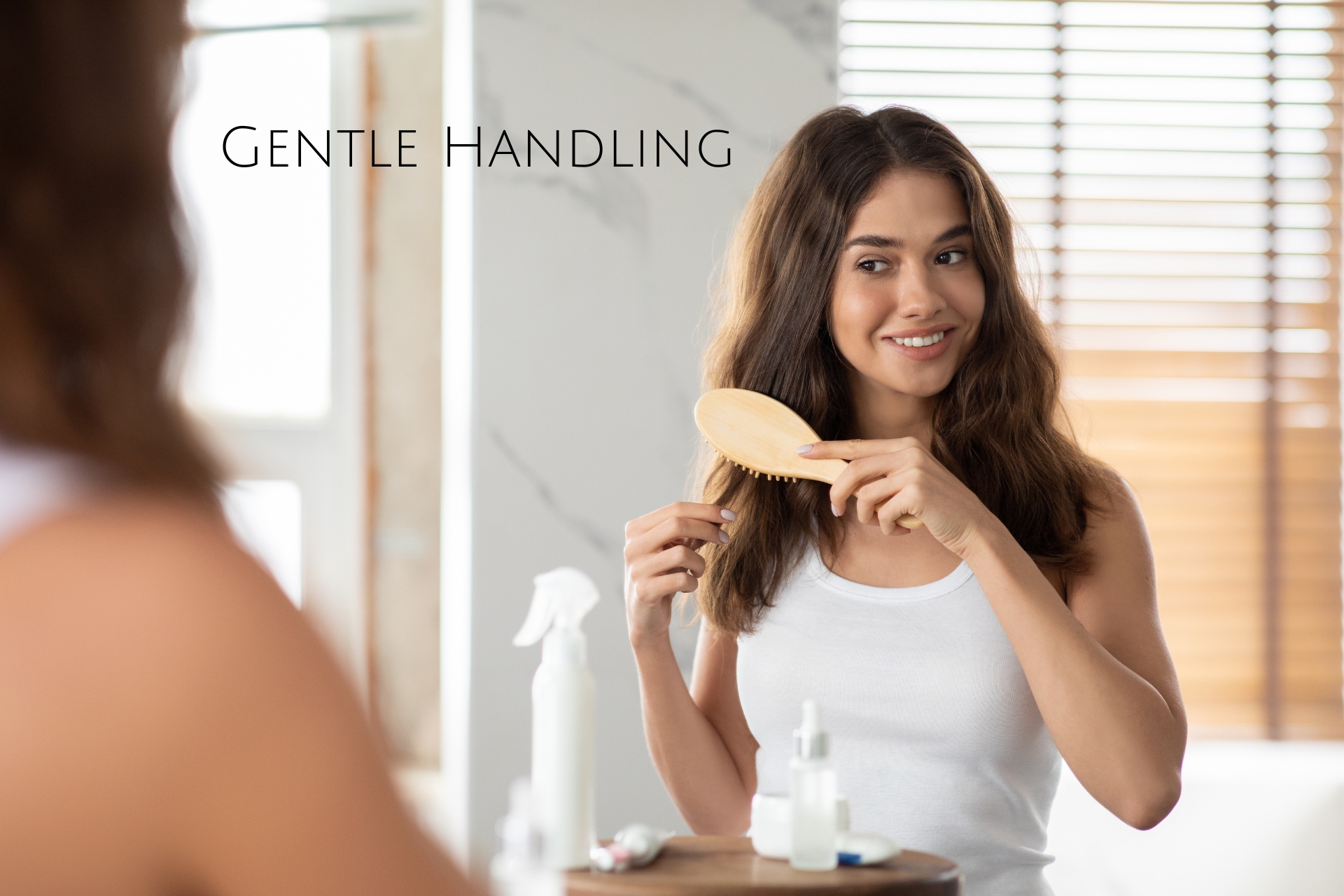
Be gentle when brushing and detangling hair, especially when wet, to avoid breakage.
Avoid Heat Styling:

Limit the use of hot tools like straighteners and curling irons, or use them on low heat settings with a heat protectant.
Protective Styles:
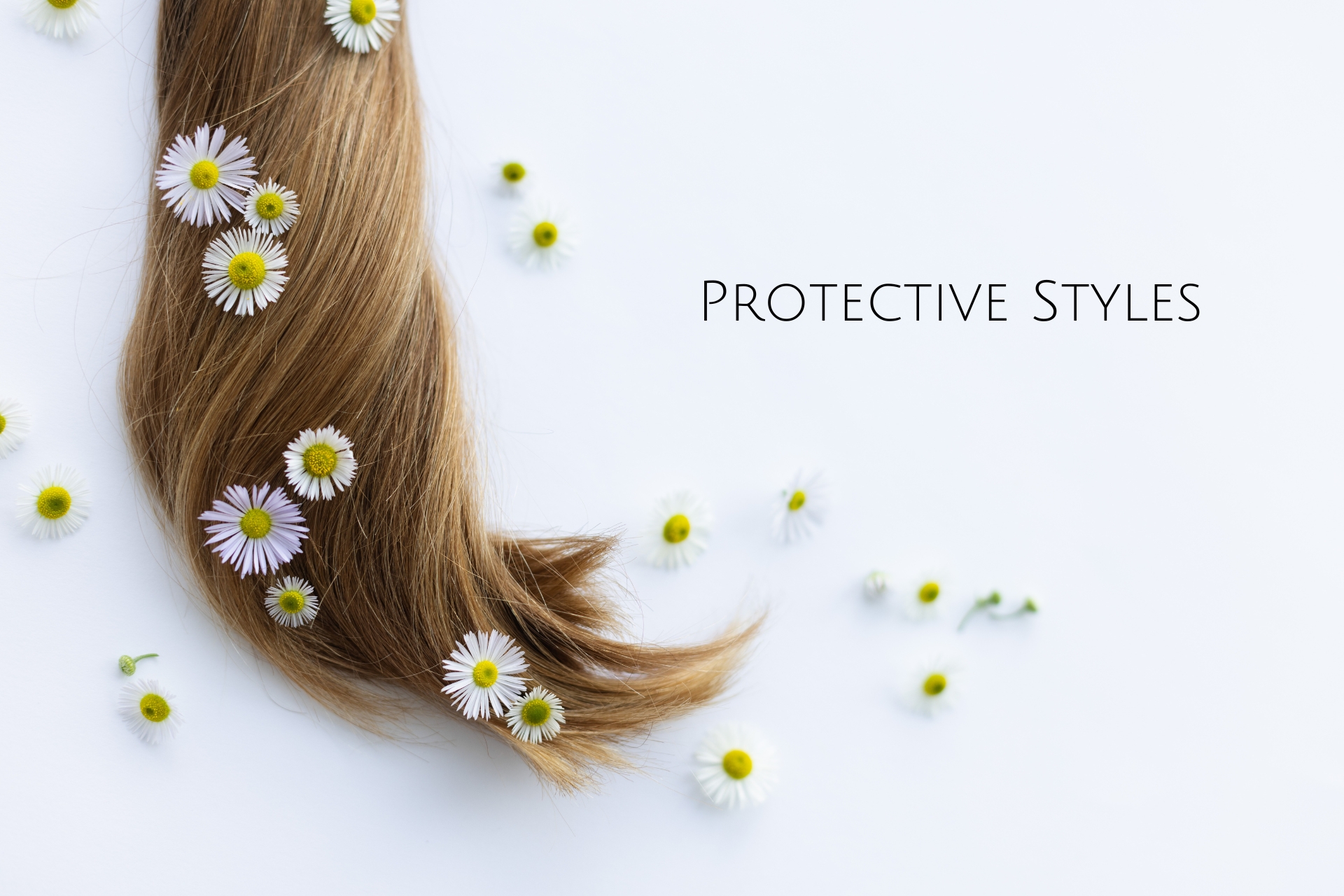
Minimize exposure to harsh elements and friction by wearing protective hairstyles like braids or buns.
Silk Pillowcases:

Sleep on silk or satin pillowcases to reduce friction and breakage while you sleep.
Hydration and Nutrition:

Stay hydrated and maintain a balanced diet rich in vitamins and minerals essential for hair health.
Repair:
Trimming:
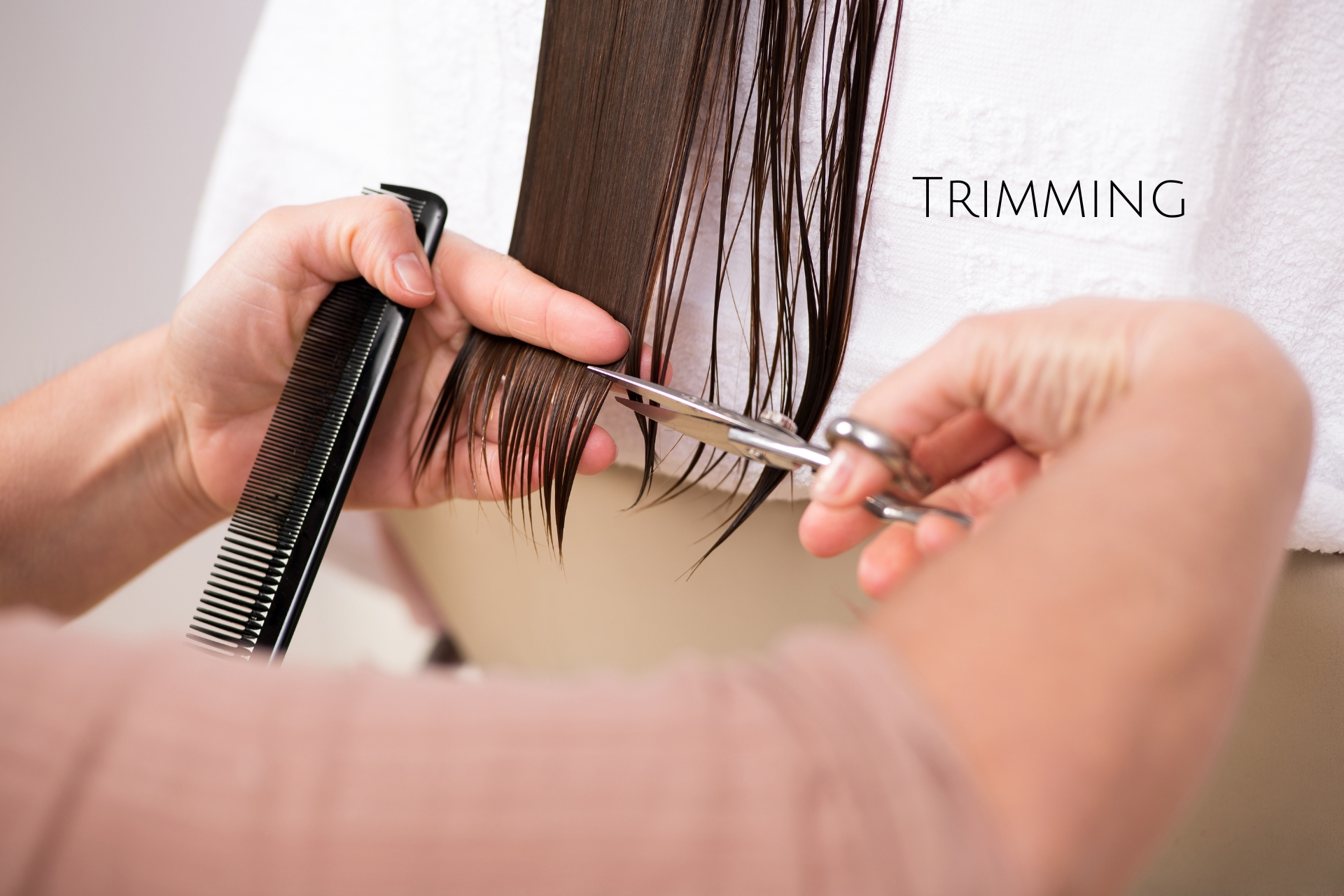
Regular trims are the most effective way to get rid of split ends.
Deep Conditioning:
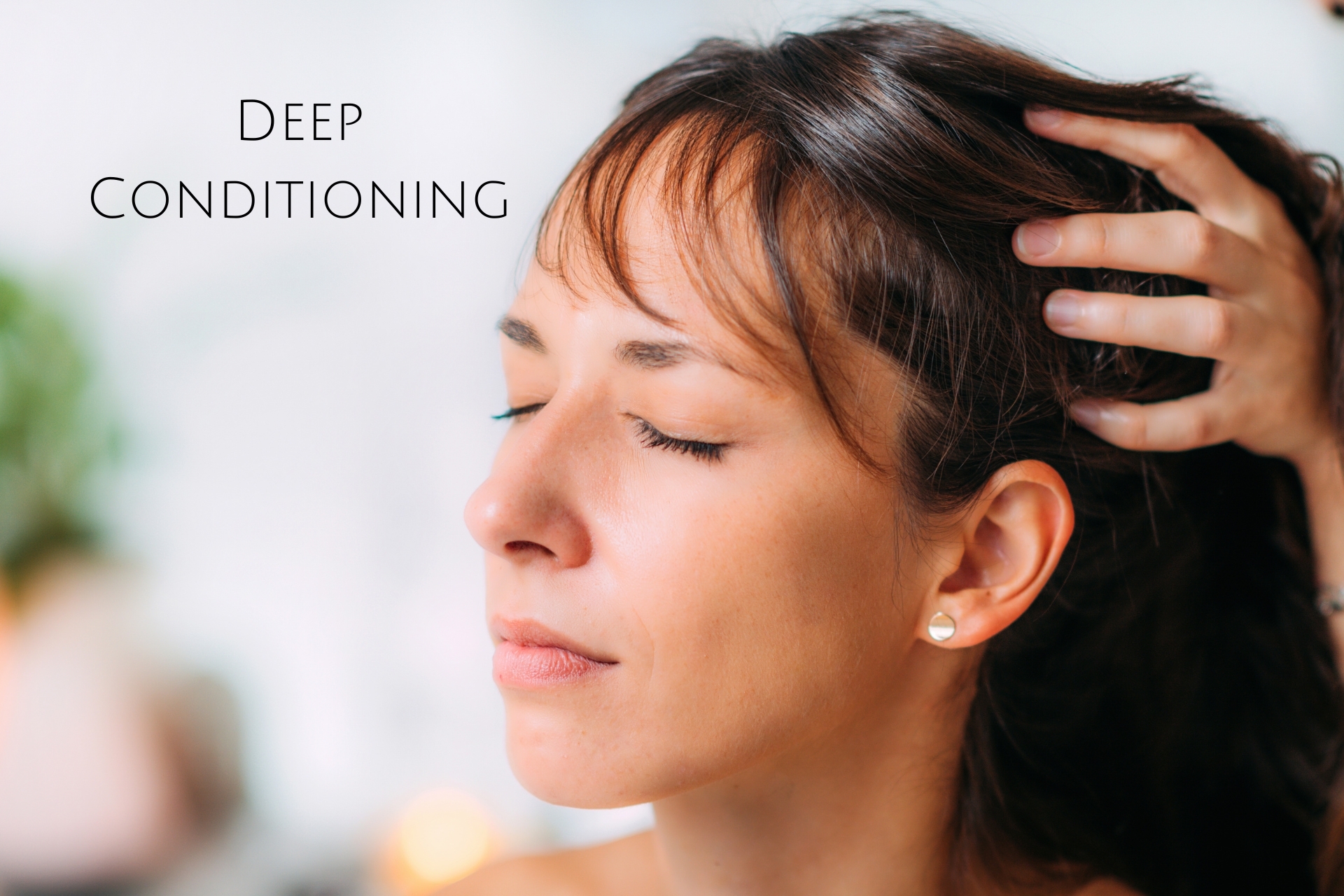
Use a nourishing, deep conditioning treatment or hair mask regularly to moisturize and strengthen hair.
Oil Treatments:
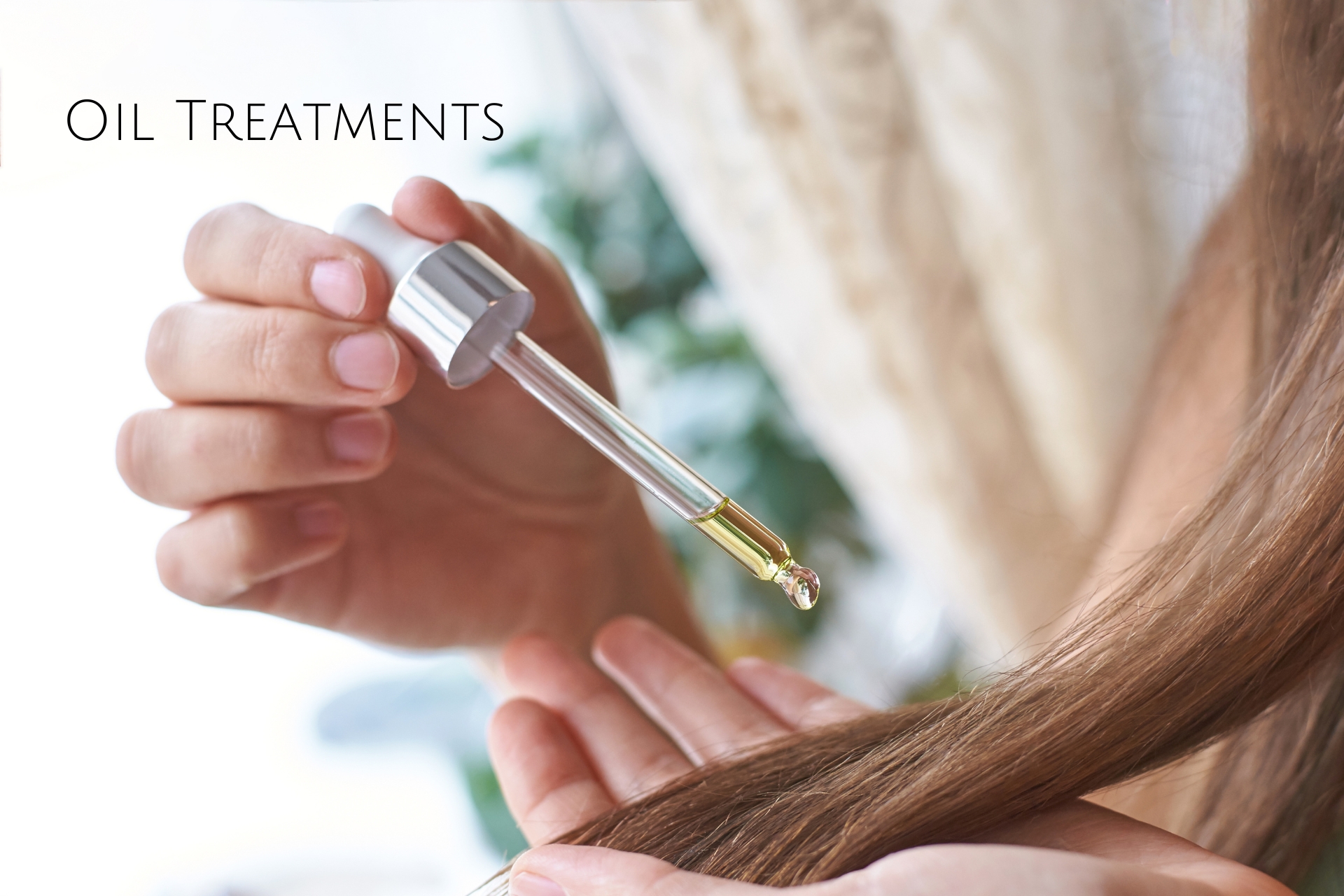
Apply natural oils like coconut, argan, or jojoba to the ends of your hair to add moisture and reduce frizz.
Protein Treatments:
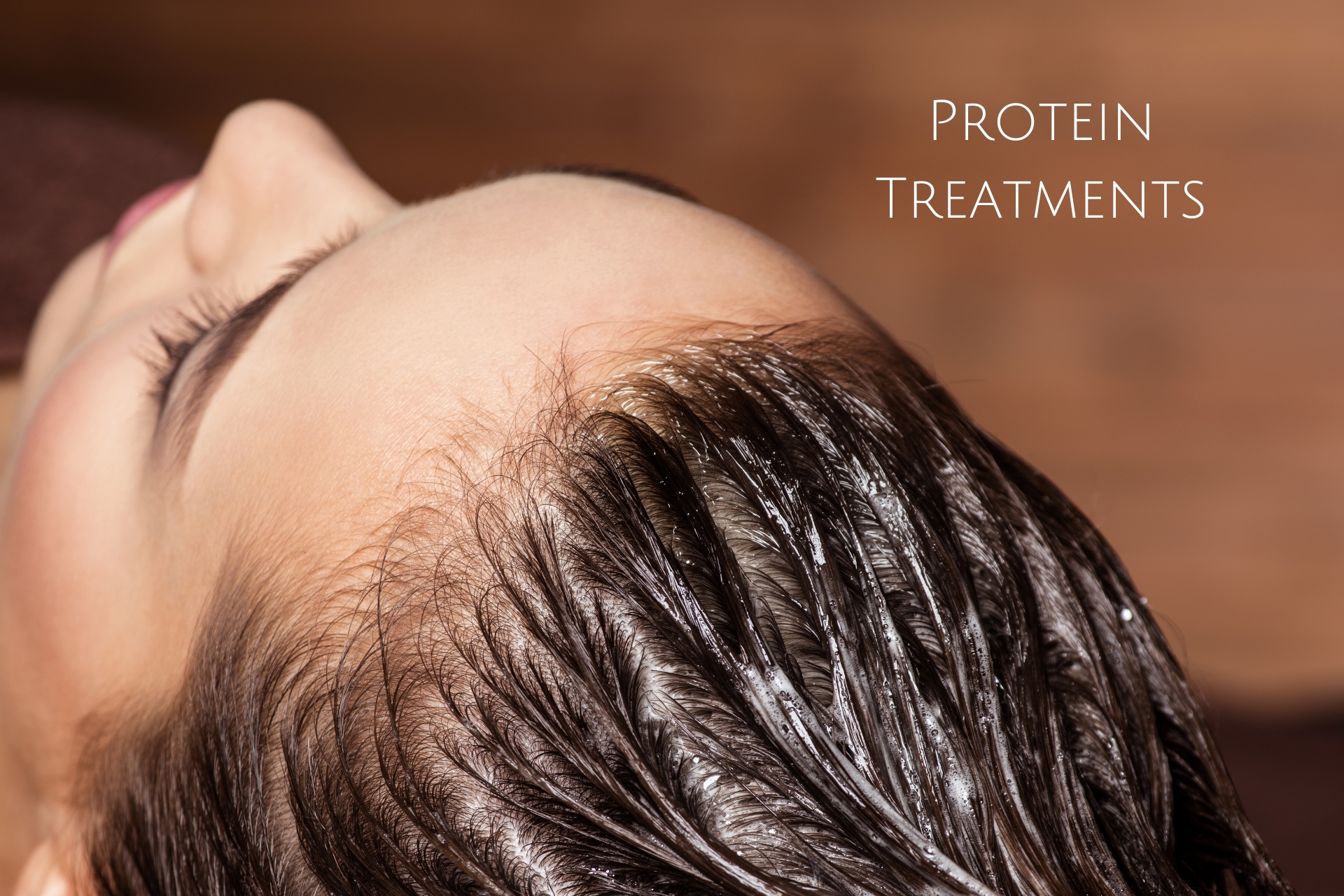
Treat hair with protein-rich products to strengthen and repair damaged strands.
Avoiding Overwashing:

Reduce the frequency of washing to prevent further drying out of the hair.
Leave-in Conditioners:
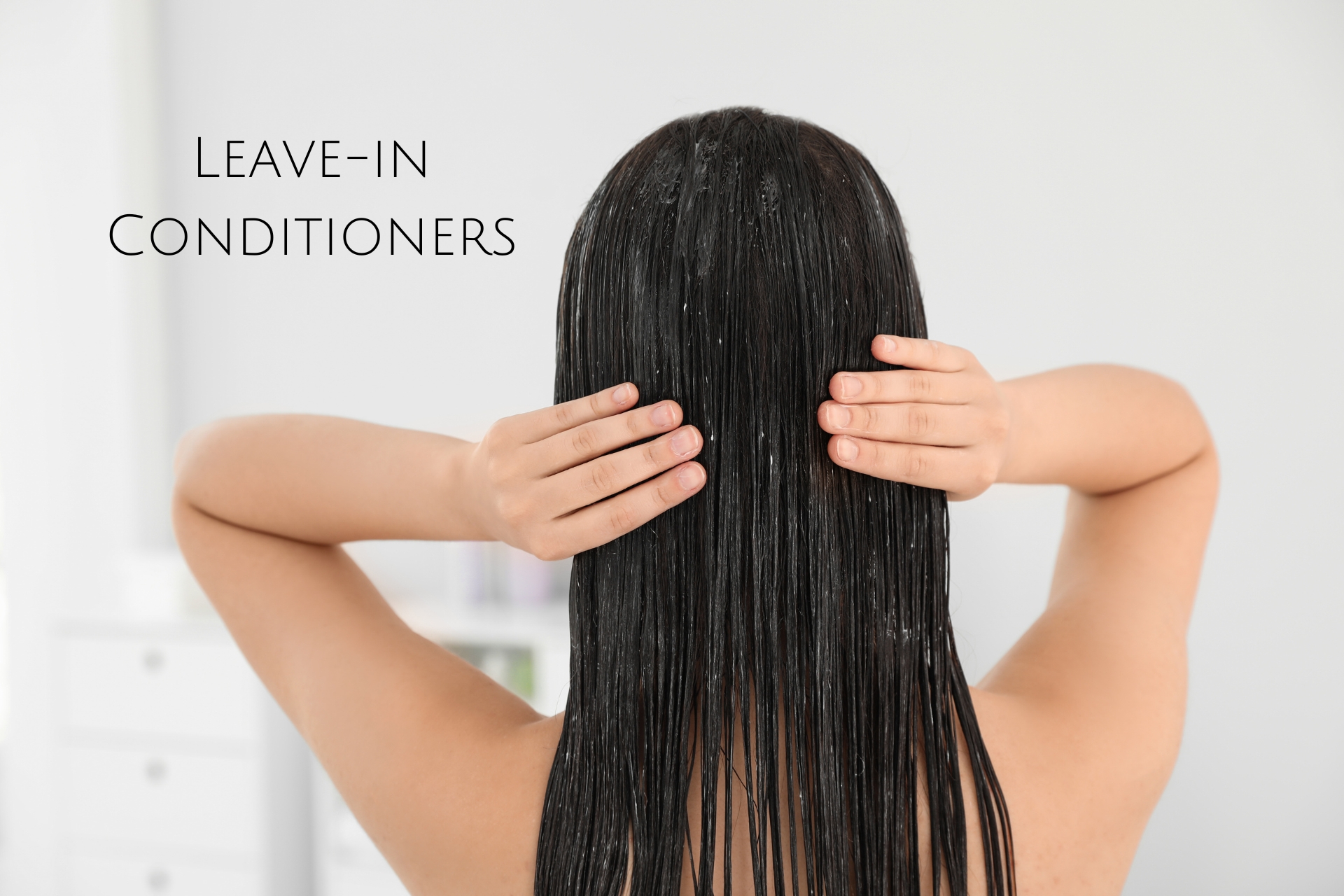
Use leave-in conditioners to keep the ends hydrated between washes.
Home Remedies:
Avocado Mask:
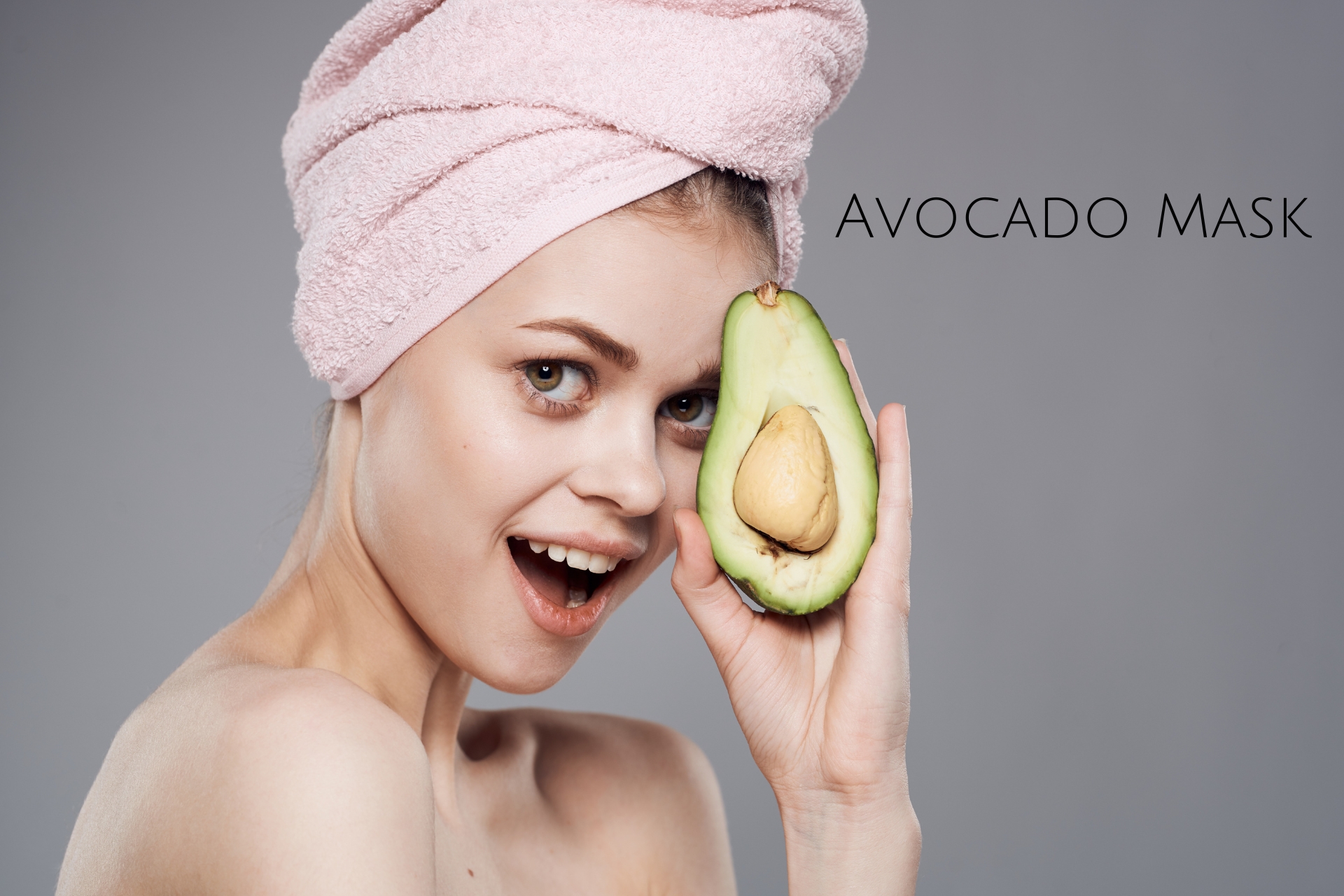
Mash ripe avocado and apply it to damp hair for a natural conditioning treatment.
Egg Yolk Mask:
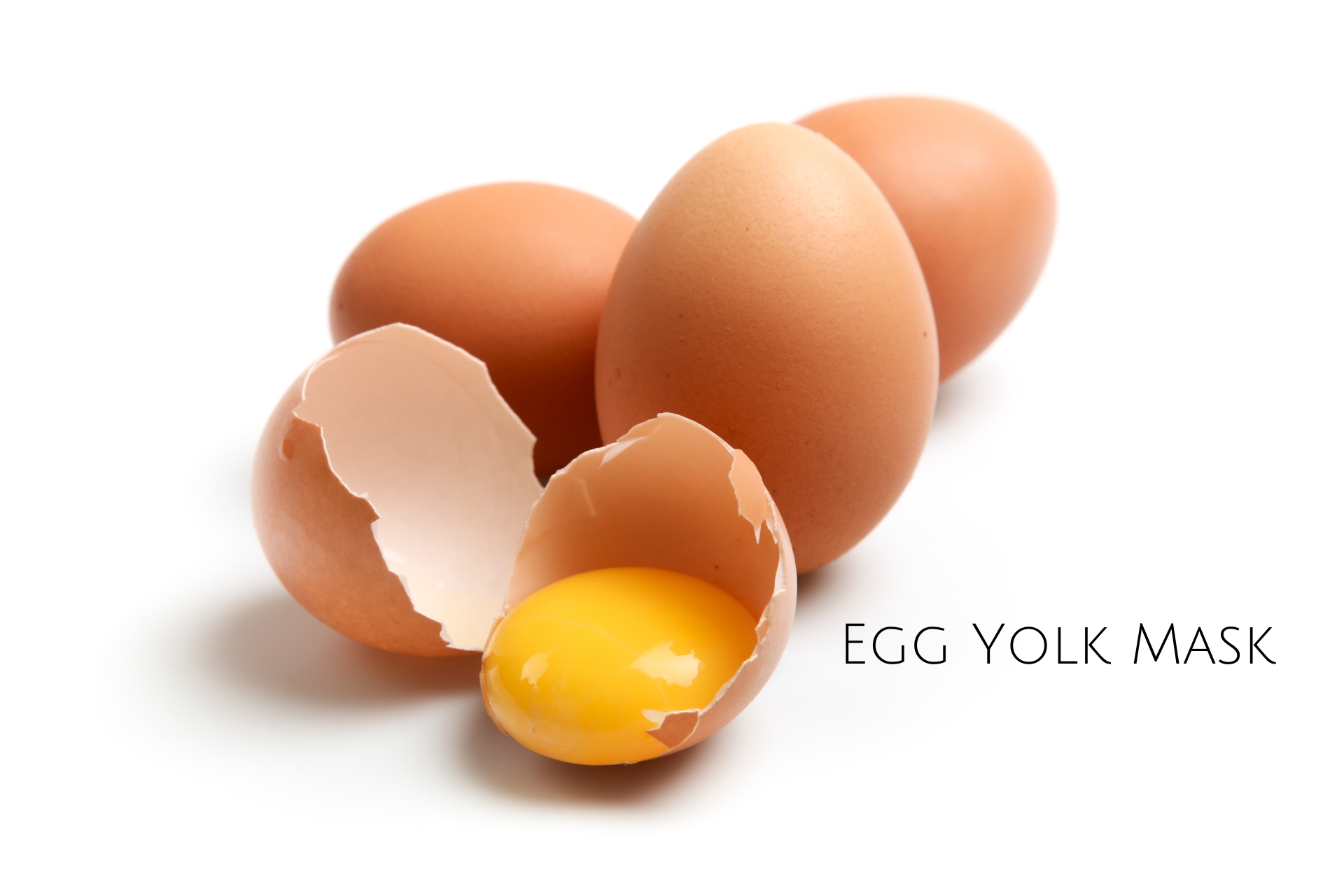
Whisk egg yolks and apply them to the ends of your hair for a protein boost.
Remember, while these methods can help manage split ends, the only surefire way to get rid of them completely is to trim the affected hair. Preventive measures will reduce the occurrence, while treatments can help improve the appearance and health of split ends temporarily.
Coconut oil:
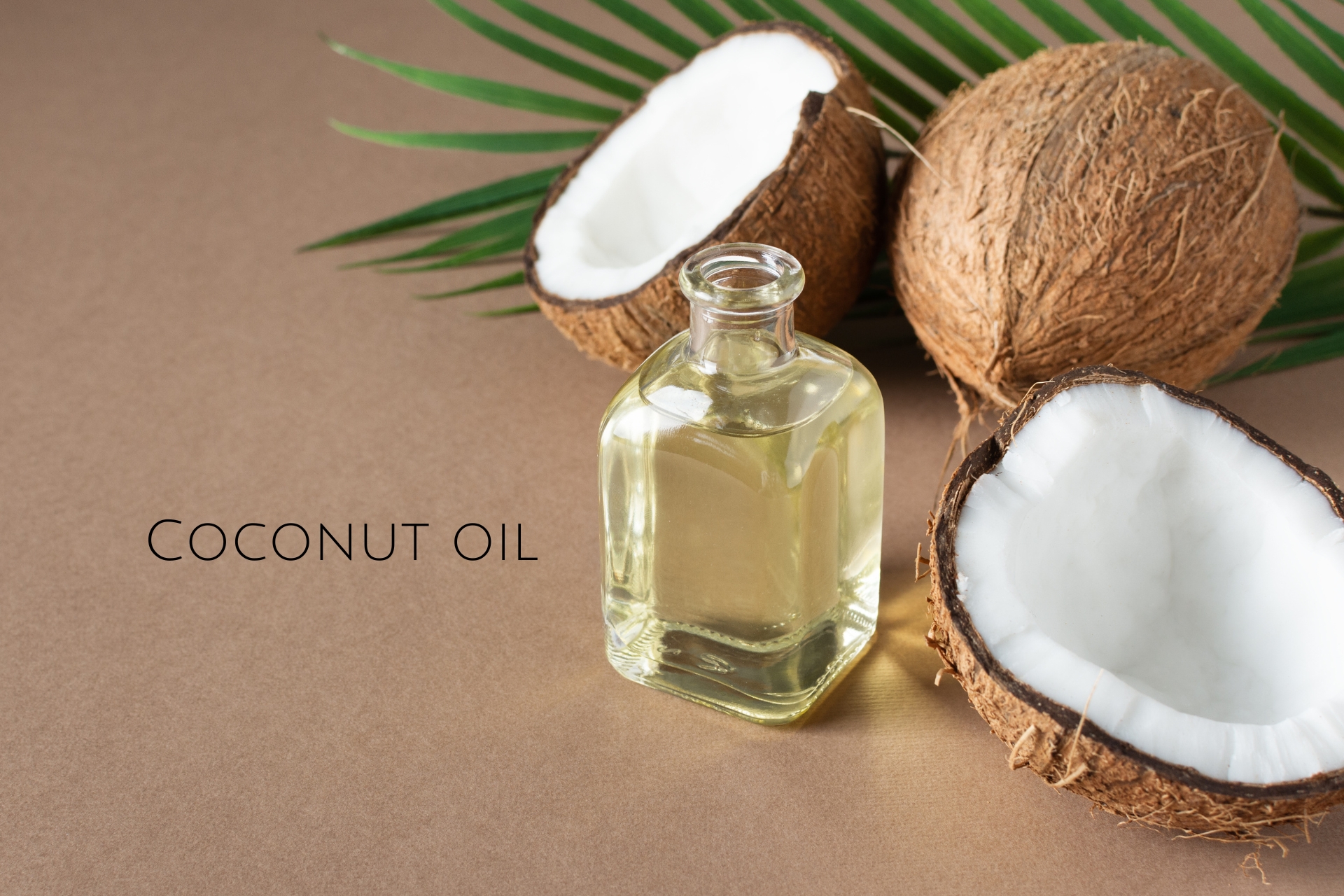
Coconut oil is a natural moisturizer that can help to hydrate your hair and prevent split ends. To use, warm up a small amount of coconut oil in your hands and apply it to the ends of your hair. Leave it on for 30 minutes to an hour, then shampoo and condition as usual.
Honey:
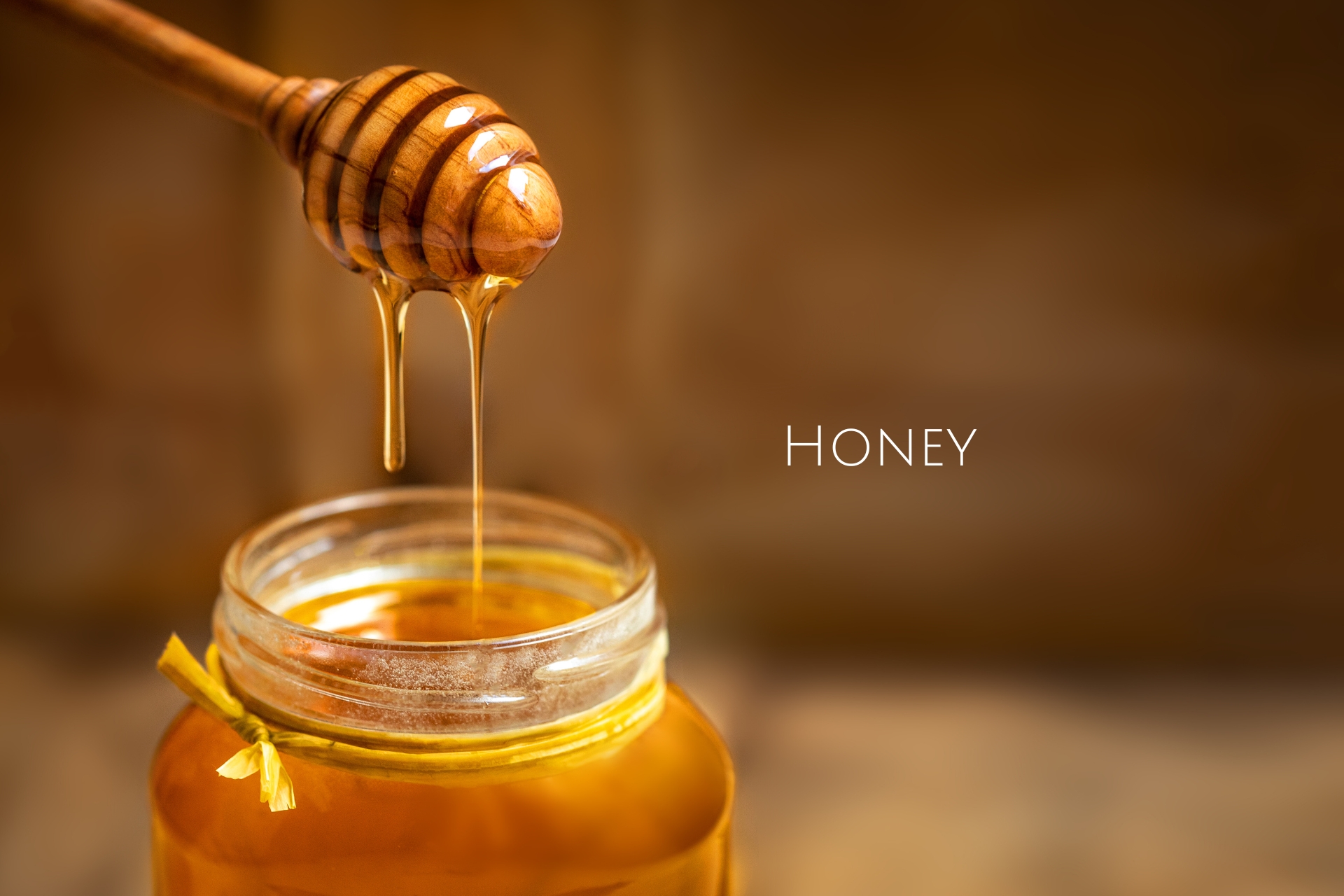
Honey has antibacterial and antifungal properties that can help to promote healing and prevent split ends. Apply a small amount of honey to the ends of your hair and leave it on for 30 minutes to an hour, then shampoo and condition as usual.
Mayonnaise:
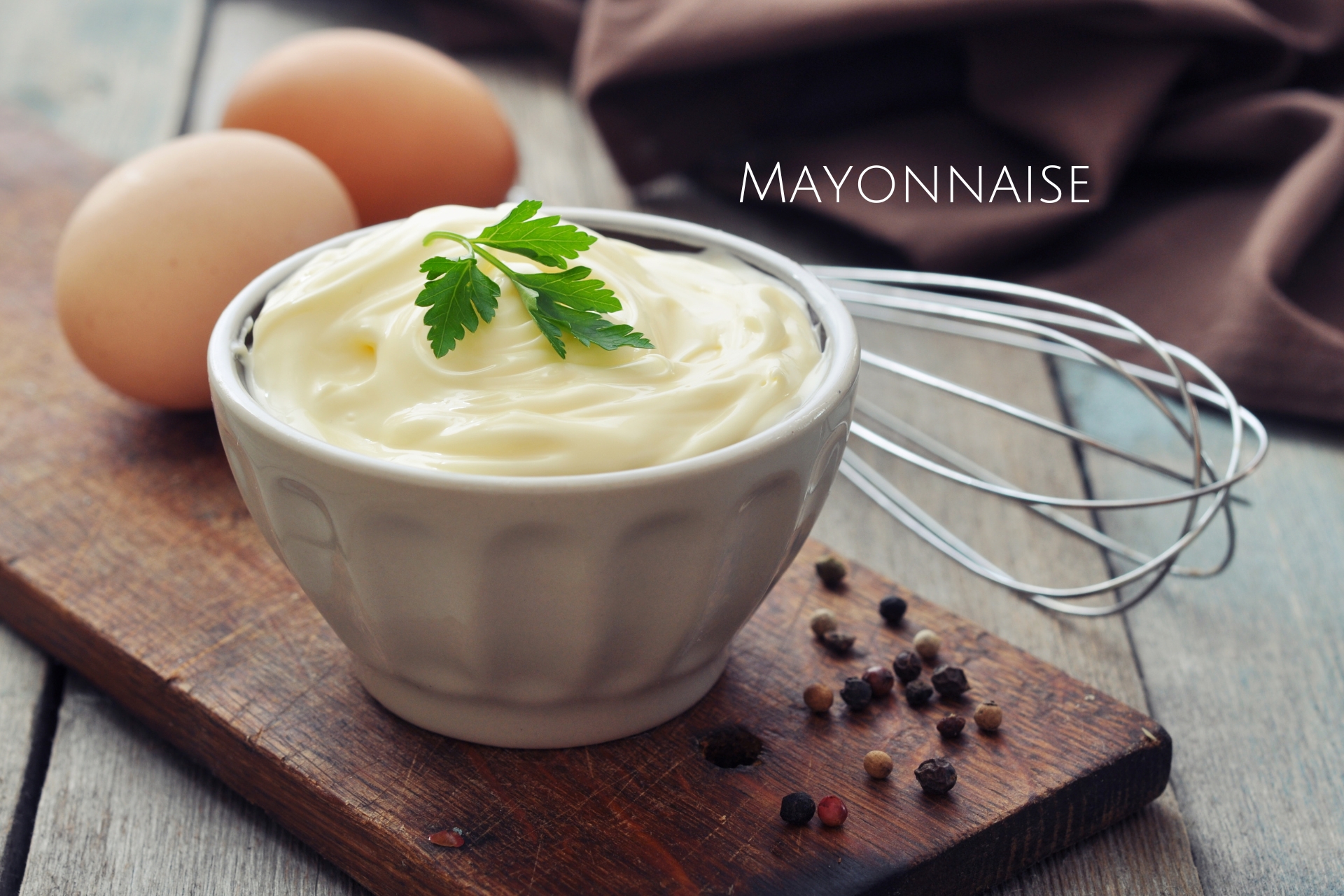
Mayonnaise is a natural conditioner that can help to hydrate your hair and prevent split ends. Apply a small amount of mayonnaise to the ends of your hair and leave it on for 30 minutes to an hour, then shampoo and condition as usual.
Recent Posts
-
How Does Double Cleansing Benefit Your Skin?
We all know the importance of cleansing our faces, but have you heard of the double cleanse? This tw
-
How can i prevent my skin from anti agining?
In the eternal pursuit of maintaining youthful and radiant skin, the key lies in adopting a holistic
-
Use these probiotics for pores
Probiotics are beneficial bacteria that can promote a healthy balance in the skin's microbiome. Whil

